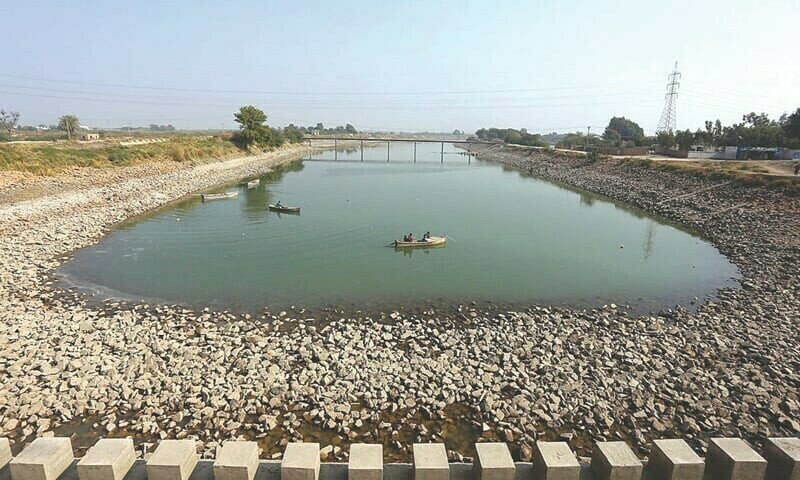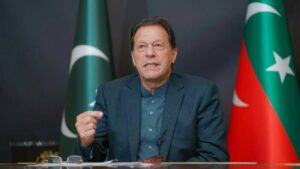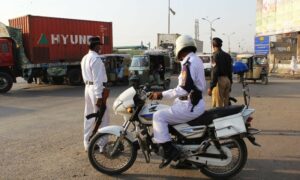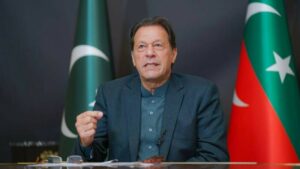PAKISTAN is a water-stressed country and tens of millions remain water-insecure, forcing large communities to migrate from across the country to other regions for survival.
The UN report Global Water Security 2023 Assessment placed Pakistan in the “critically water-insecure category”, underscoring the fact that the country is facing an emergency that requires urgent action as per-capita water availability is rapidly declining due to climate change, population growth, mismanagement and wasteful use of the resource. The lack of investment in water infrastructure means that more and more communities will find it harder to access fresh water over time. The water problem has, in fact, morphed into a very complex political economy issue. Yet, the policymakers try to see it through a technical lens, which stymies efforts to evolve a comprehensive strategy for conservation and optimal use.
Of late, the issue has come under renewed public focus because of the Punjab government’s plans to construct new canals to irrigate millions of barren acres in Cholistan. The project has spawned serious concerns in Sindh, where reduction in environmental flow below Kotri has resulted in massive sea intrusion and displacement of a significantly large population living along the delta.
Concurrently, a Lahore High Court judge has taken notice of wastage of fresh water in Punjab’s cities. He has ordered the urban planners to declare an emergency, launch a crackdown against housing societies, and evolve strategies for water recycling at the local level. In the meanwhile, a minister has offered full federal government support for timely completion of Wapda’s hydropower schemes to increase water storage and generate green electricity.
On the face of it, the schemes for new irrigation channels, water conservation and recycling in the urban areas and investments in water storages do not appear to have any linkage. But they are deeply interconnected issues and call for a well-knitted, integrated policy response, which involves all tiers of government — both vertically and horizontally, consumers, civil society organisations and other stakeholders. Indeed, the initial challenge would be to deal with the related political issues by firmly establishing the water rights of the provinces and public ownership of the resource. With the frequency of extreme climate change events, like massive floods, droughts, erratic monsoons, etc increasing, Pakistan is running out of time to save its declining water resource to address water equity issues, protect livelihoods and ensure long-term food security. This is a task technocrats and bureaucrats cannot pull off on their own; senior national and provincial politicians would have to step up for long-term resolution of interprovincial frictions before a comprehensive policy response can be drawn up. Until then, the authorities should refrain from undertaking any water scheme that is seen as an infringement on the rights of any federating unit to avoid more controversies.
Published in Dawn, April 7th, 2025











